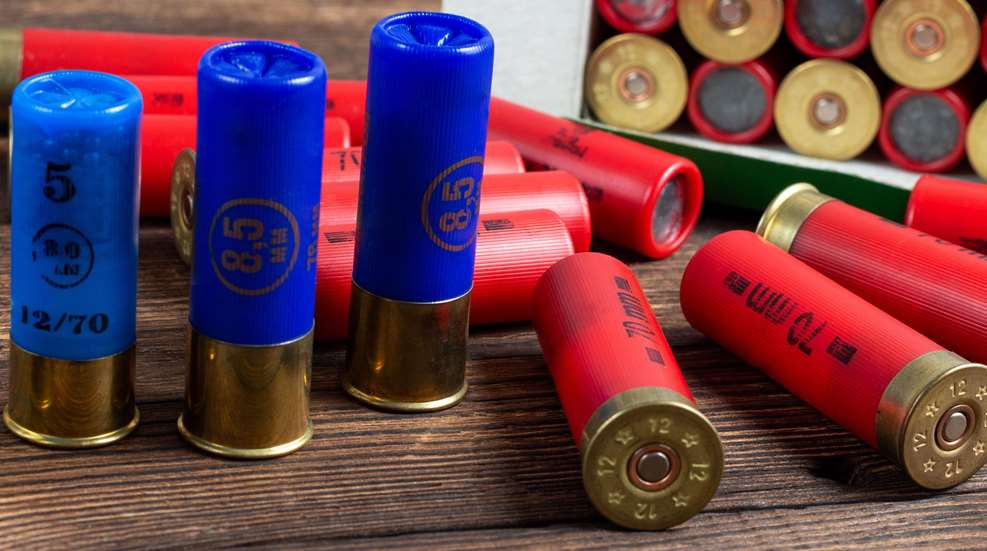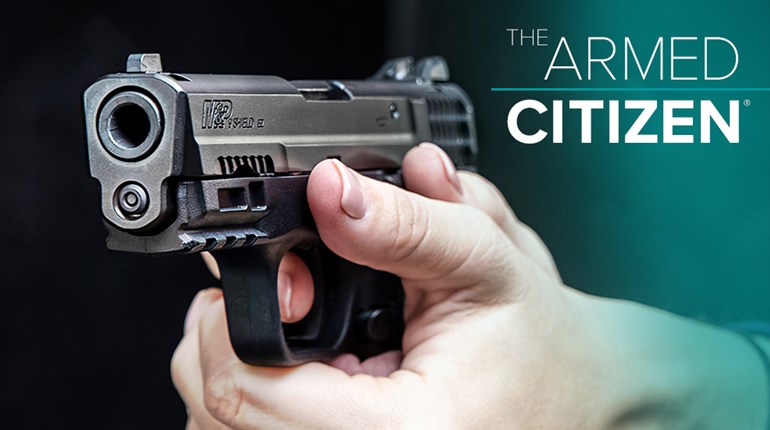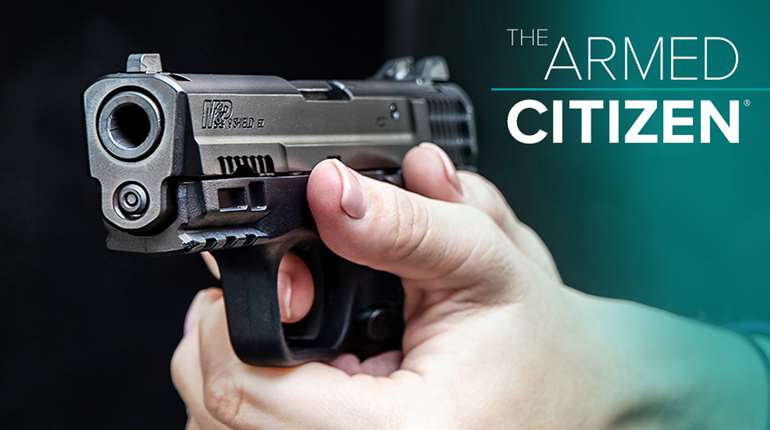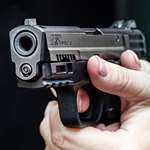
Unlike rifles, which launch a single projectile, shotshells (not including slugs) are made to launch multiple projectiles, or pellets of “shot,” in a pattern that widens as it travels through the air. How many of those projectiles will fit in a shotshell depends on how large they are.

The higher the number, the smaller the shot, and therefore the more pieces of it are launched into the air. Shot size ranges from #9, which is tiny and will have hundreds of pellets in a shell, down to #1 and then B, BB, BBB and the rarely seen T, which are larger still than #1 size shot. Then there’s an entire range of buckshot sizes, all of which are even larger than T shot. Buckshot comes in sizes #4 Buck (the smallest buckshot), #3 Buck, #2 Buck, #1 Buck, 0 Buck, 00 Buck and 000 Buck, which has pellets that are a whopping .36 inches in diameter and generally fits only eight to 10 pellets in a single shell.
Generally speaking, larger shot hits harder and penetrates more deeply on game. Larger shot is for larger targets and smaller shot is for smaller targets. The more individual shot pellets in a pattern, the higher the chance that at least one will strike the target. With large shot at a longer range, a target (bird or clay) can “slip through” the holes in the pattern because it has fewer pellets to “dodge.” Pattern density is highly determined by choke tube selection, which you can read more about here.
So, what shot size do you use for different types of shooting? Keep in mind that all of this exists on a spectrum—multiple sizes will do the job in any given situation, but some are better suited to the task than others.
Target Shooting
For clay target games, you want small shot. Skeet targets are relatively close and easily broken, so #9 or #8s are ideal. You don’t need a hard-hitting load to break a clay target at close range, so you want lots of little pellets in the air punching at that target.
Sporting clays shooters see longer shots and sometimes clay targets that are structurally tougher to break, so although #8 is a fine choice, many shooters opt for the slightly larger #7½. Larger shot—#6 and bigger—will break clays, of course, but you start to lose pellet count, and some sporting clays courses will not allow shot larger than 7½ for safety reasons (larger shot travels farther and hits harder).
Trap falls somewhat between the two, and #8 and #7½ are the most popular shot sizes.

Hunting
The smaller the animal, the smaller the shot you should choose. For doves, quail and small grouse, #8 or #7½ is perfect. For medium-sized birds like ducks and pheasants, a range of sizes will work depending on how far you expect your shots to be, how you like to choke your gun and other factors. Shot size #6 down to #3 is appropriate depending on the size and toughness of the bird, even as large as #2 or #1 for heavily feathered, larger ducks. For geese, you’ll want to go a little larger. Sizes #2 down to T will work well, with #2, #1 and BB probably being the most common. Side note: If you’re hunting waterfowl, the Feds require you to use non-toxic shot (steel is the most common and most economical, though other options are available). This is also true for upland birds in some states, so check your local laws.
When it comes to turkey hunting, opinions on the best shot size vary widely. #4, 5 and 6 are popular, and the farther you expect to shoot, the larger size shot you should choose. You can also buy specialized turkey loads that contain a combination of shot sizes, and many turkey hunters swear that these are the best of all possible worlds, offering hard-hitting large shot with some smaller shot to fill in the pattern.
Rabbit and squirrel hunters tend to like #5 and #6 shot—not too small, not too large.
Deer hunting with buckshot is less common than it used to be, and it’s not legal in all states. It’s a close-range proposition, and the nature of a pattern of pellets means it’s easier to wound a deer with an errant shot, so consider your options. If you are going to hunt deer with buckshot, the larger sizes (#1, 0, 00 and 000) will penetrate better than #4 or #3.
Self-Defense
Shotguns are a solid option for home defense, but the choice of shot size is a complex and controversial issue. Keep in mind that larger shot penetrates better, and this is a negative as well as a positive. Penetration on a bad guy is a good thing; penetration through walls and into your baby’s bedroom is a bad thing. This is a trade-off you’ll have to weigh carefully, and no matter what you decide, you’ll want to be mindful of safe shooting angles in your home.
Buckshot will penetrate multiple layers of drywall at any range. Smaller shot, like #4 birdshot, will penetrate at close range (under 10 feet) where the pattern is very tight, but less so at longer ranges. Think about how long your shots might be inside your home and what might lie behind your target in the most likely confrontation spots. If you live alone, overpenetration might not be a consideration, unless you live alone in an apartment building full of other people
If you’re hunting or fishing and carrying a backup shotgun for protection from predators, you likely don’t have overpenetration concerns and should choose larger shot in the buckshot category.















































